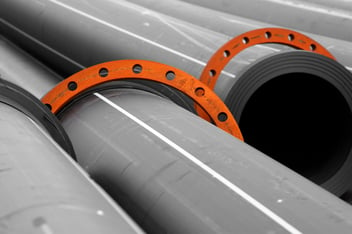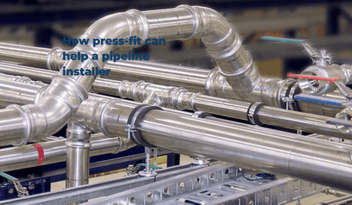What are the benefits of Europress?
In today’s dynamic world we frequently hear the statement “the only constant thing at the moment is change” and how true this is. More than ever before we are being confronted with change almost on a daily basis whether it be the way we live, our work, the way we travel, the way we buy, the way we communicate, the list is endless. As with any change there are those who jump at the opportunity to try something new and embrace it. There are those who hold back without rejecting the change but would rather wait until it has been proven and learn from the positive or negative impacts of change from others. Then of course there are those who just straight out refuse change saying, “if it ain’t broke why fix it.” The unfortunate reality for the latter is in some way, shape, or form we will have to change.
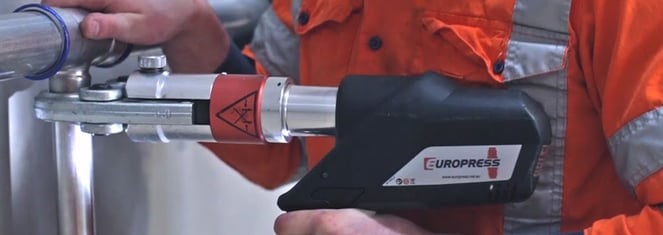
When Waterworks first released Europress into the New Zealand market back in 2013, it was among the first of this kind of piping system in New Zealand and still a relatively new concept. It had been successfully used in Europe for decades and previously in Australia. When Europress arrived on New Zealand shores it was met by those who welcomed it with open arms seeing the immediate benefits, those who liked the idea but were just a little unsure, and those who wanted to stick with traditional piping joining methods. Let’s be clear, Europress was never intended to be the solution for every pipeline. For example, food processing lines still require purge welding for hygiene standards, high pressure steam or ammonia lines still require welding. However, there are many applications such as hot and cold-water reticulation, compressed air, gas, oils, and vacuum to name a few where Europress is an ideal solution. Let’s take a look at some of the benefits installers are experiencing:
1. Project Savings of up to 30%
Every project is different whether it be the complexity of the pipework, a straighter run is quicker and easier to install than a pipeline with lots of fittings and changes of direction, or bracketing requirements plus many other factors. Therefore, we have seen projects which have achieved small savings and others which have been over 30%. The main contributor to these savings is the speed of installation and the important point is, the savings are achieved on the installed cost which is the true cost of a project.
The following table sets out how savings are achieved when comparing Europress to a purge welded stainless steel system. Feedback from the market says clients work on a ratio of 1/3rd materials to 2/3rds labour for a purge welded system. Feedback also suggests, with Europress this ratio is reversed, 2/3rds materials and 1/3rd labour. Therefore, if a total project cost was $9000 using a welded system, materials would be expected to cost around $3000 and labour around $6000. If Europress was used, material costs are likely to be higher than welded materials given there is more to the manufacturing process of the fittings, so let’s say a nominal amount of 30% more expensive, this would make the material costs $3900. Given this makes up 2/3rds of the total project cost and labour makes up 1/3rd, the labour cost would be expected to be around $1950 reducing the total project cost to $5850 and giving a saving of 35%. Even if material costs were 50% more, the total project cost would be $6750, still offering a saving of 25%. This example is only a small project, so when you apply this to a much larger project, actual dollar savings soon add up.

This example is supported by a project completed at the Pernod Ricard winery where Europress was compared directly with welded stainless steel in a real-life example with figures provided directly from the client. Pernod Ricard were at first a little apprehensive about using Europress and whether they would actually achieve savings. Therefore, they decided to do a trial with 9 tanks, awarding 5 tanks to the welding contractor and 4 tanks to the Europress installer.
The final costings for the 9 tank trial came back as:
|
Welded |
Europress |
Saving per tank |
|
|
Cost of glycol pipework per tank |
$24,800 |
$20,000 |
19.35% |
The installer commented, “it was like a time warp, the Europress installation was complete, and the welders were only just finishing their first tank.”
Following this trial Pernod Ricard awarded the installation of the pipework for the remaining 19 tanks to the Europress installer.
Final costs for the complete project came out as follows:
|
Welded |
Europress |
Saving per tank |
|
|
Cost of glycol pipework per tank |
$28,616 |
$17,970 |
37% |
Along with the project savings, arguably the more important factor for Pernod Ricard, was the ability to get the project completed in a tight time frame given the rapidly approaching harvest season, and their Blenheim storage not being suitable due to the Kaikoura earthquakes. The installation of the glycol pipework plus associated nitrogen, water, and compressed air was completed in Europress in 10 weeks compared to the 24 weeks which had been calculated for welding the pipework. This allowed Pernod Ricard to commence production at full capacity over 2 months earlier than if they had welded the pipework, savings thousands.
2. Eliminates hot works
Health and safety is a topic many companies are firmly imbedding in the company culture to ensure each and every team member gets home safe every day. With this in mind, there are many risks which come from welding such as hot works or fire risk, harmful gases and toxins (especially in confined spaces), electrical leads, and heavy lifting of gas bottles and machines. With Europress, these risks are eliminated or at the very least significantly reduced. Each join is pressed with a battery powered tool eliminating hot works, heavy lifting, trip and electric shock hazards from electrical leads, and harm substances. The tube is cut using a roller cutter, again eliminating the need for hot works.
A great example is at Tegel Foods where their contractor installed a new 76.1mm hot water line from the boiler into the plant, over 200m in length. With only a wheel cutter and battery crimping tool required to complete the installation, the plumber could keep working through damp weather without the risk of electric power tools, and welding on rooftops; no risk of electrical shocks or electrical leads causing trips hazards across the roof. Power supplies were often a long way from the work positions, but with battery tools, no generators were required. No hot work permits were needed, reducing the installer’s time completing permit forms and waiting during cool down periods by approximately an extra one hour per day increasing productive time.
3. Reduce plant downtime
Every hour and every day a plant isn’t operating is a costly exercise – often tens of thousands of dollars. Given the speed and ease of installation of Europress, the elimination of hot works and the associated permits, and the ability to press a join wet or dry, i.e. you don’t have to completely drain a system, downtime can significantly be reduced. Furthermore, even in a planned shutdown, Europress can allow installers to achieve more in the shutdown window reducing the need for ongoing shutdowns. Take Tegel for example, a plant engineer reported he was able to complete a minor pipework adjustment while the plant was in operation as there was no hot works required.
If you are an installer, engineer, consultant, plant owner or manager, ask yourself these questions; 1. What would it mean for you, your client, and/or your reputation if you could deliver a project saving of up to 30%? 2. Could you improve or at least reduce health and safety risk and potentially save insurance costs? 3. What would reducing the downtime of your clients mean to them? Maybe change isn’t so hard and now is the time when you should consider Europress?
Reach out to our team for assistance with specification, design, installation, and quality control on your next piping project.
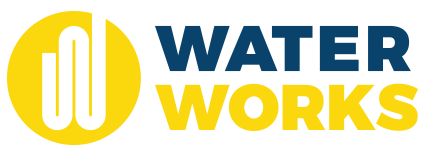
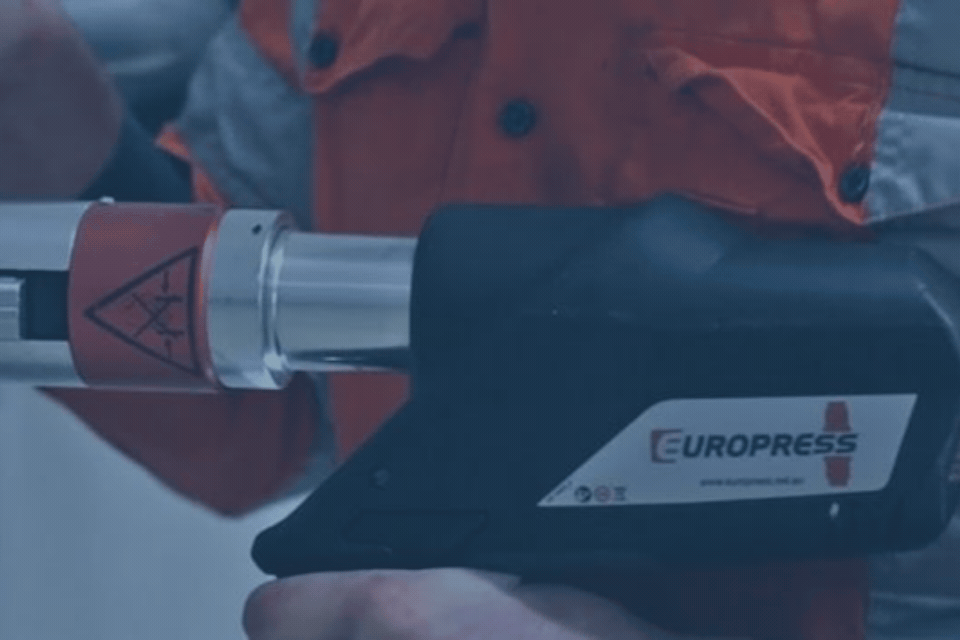

.png?width=352&name=Waterworks%20%20PE%20vs%20PVC%20(1).png)
